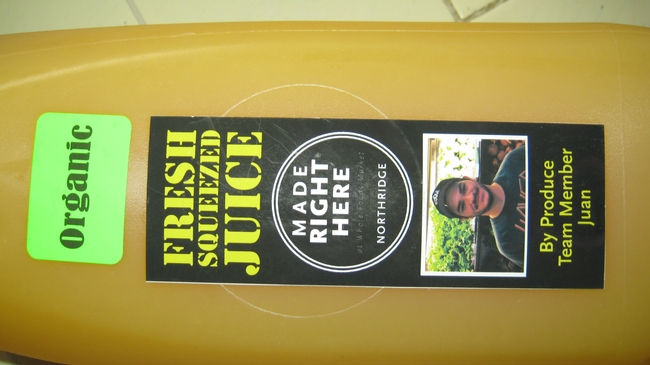This is the summary of a recent article by Allen Morris, a retired University of Florida Extension Economist
Even when a cure for HLB is implemented, unless something is done to stop the decline in orange juice consumption, the citrus-growing part of the industry will become too small to support the infrastructure of input suppliers, harvesters, grove caretakers, etc. necessary for it to function competitively. For example, assume that the lower prices from lower cost production get into the orange juice market evenly over the 2023–24 to 2031–32 nine-year period, reflecting the time required for fruit produced from new plantings of HLB-resistant trees to increasingly impact prices. Ten years after the first plantings, by 2031–32, only 58 million boxes of Florida oranges and no orange juice imports will be needed. In spite of an 11 percent increase in the orange juice market stimulated by the lower prices, the underlying rate of decline in orange juice consumption eliminated its benefit.
The three major orange juice brands will probably continue mainly as juice storing, blending and packaging operations, using orange juice imported primarily from Brazil and Mexico, but also using juice from the small declining volumes of Florida fruit still available to process. However, because of the high costs of processing small volumes of fruit in the large processing plants owned by the brands and the companies processing oranges for the Coca-Cola Company's Minute Maid and Simply brands, it is likely that one of the bulk processors may have an opportunity to process fruit for all three of the brands. This would reduce costs by processing all of the industry's remaining volumes of oranges in one plant, and thus allow that processor to continue to operate. The bulk processors, other than the ones storing and blending juice for the Coca-Cola Company's Minute Maid and Simply brands and the one which processes the remaining volumes of oranges, will soon have no economic reason to exist in Florida. Private labels' orange juice needs will be supplied by imports, primarily from Brazil and Mexico.
Because of the declining U.S. orange juice market, the brands will probably increase their focus on the European orange juice market, which, as was pointed out, is being positioned to grow. There will also probably be a proliferation of exotic juice blends like blueberry mango, pomegranate limeade, strawberry banana, watermelon, berry greens, etc. being introduced by the brands as they begin to position themselves away from citrus.
This conclusion doesn't have to happen. But it is likely to happen if something isn't done to restore the U.S. orange juice market to growth. One way to fund that is to partner with Citrus BR the way AIJN and the European orange buyers/packagers are doing. The U.S. orange juice market is second only to Europe in importance to Brazil as an export market for its orange juice. If approached, the Brazilians would probably be interested in working with the Florida Citrus Commission the way they are working with AIJN to restore growth to the U.S. orange juice market.
For the complete article, go to:
http://citrusindustry.net/2017/09/11/what-is-happening-to-the-orange-juice-market/
Attached Images:
